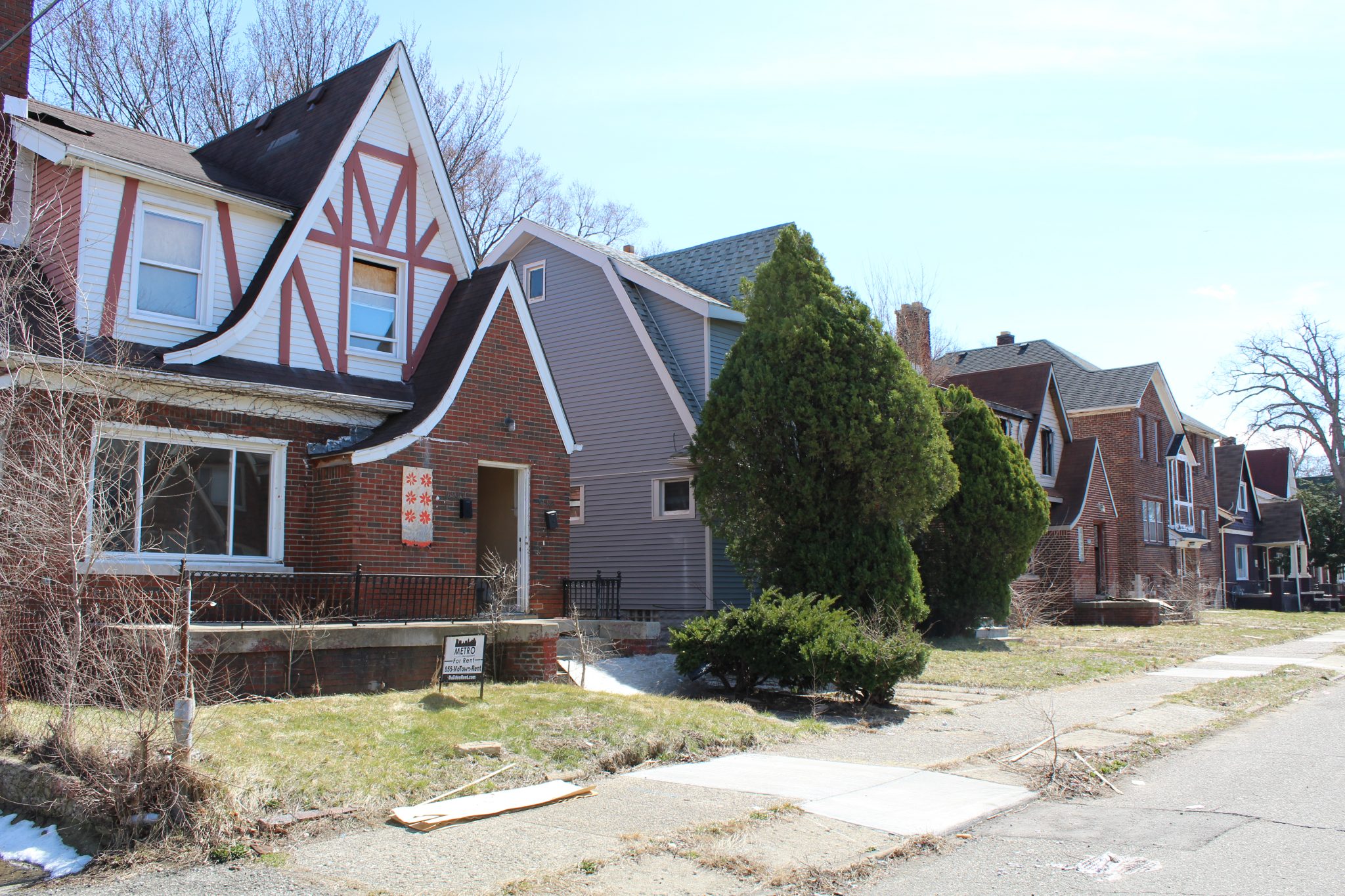How A County Program to Prevent Foreclosures Left Some Residents in More Debt
A Detroit News report shows how a Wayne County program meant to alleviate property tax debt has had the opposite effect for some homeowners.

Over the last three years, Detroit News reporter Christine MacDonald has reported on a payment plan program meant to help Wayne County residents get out of property tax debt. Last week, she reported that thousands of Detroiters, about one in four in the program, are in more debt now than they were before they joined.
She says the payment plan was created in response to Detroit’s worst year of foreclosures.
“Some feel that we’ve wasted time on these plans and that something more drastic in terms of aid is needed.” – Christine MacDonald, Detroit News
“In 2015, when we saw a record number of properties, 25,000, in [Wayne] county go up for auction for delinquent taxes,” says MacDonald. “There were a growing number of people on these plans, so how are they doing?”
The Detroit News focused on about 12,000 accounts, utilizing data sets from the city and county. MacDonald spoke with WDET’s Eli Newman. Here are her key takeaways from reporting.
Click on the player above to hear Detroit News reporter Christine MacDonald on the property tax relief program, and read key takeaways below.
Rolling debt into the new year
Homeowners that have seen their debt load increase because they find themselves unable to pay previous debt while still incurring more taxes, which they then roll into their current plan. This is allowed by the county and state law.
“Most are now owing more, and what the bulk of those folks ended up doing is rolling in another year of taxes,” says MacDonald.
“You may have three or four years of taxes that you’re on the hook for your current year. Taxes are coming. So what they would do is either roll them into the plan, or they would start a new plan and roll that new debt in.”
Increasing costs
The News focused on one resident in particular, Candis Patterson, that had difficulty meeting her loan obligations.
Patterson “actually owes about $260, more than she did three years ago. She is on her second plan,” MacDonald says. “She rolled in some of her newer taxes into this plan and was unable to make most of her payments because of living expenses.”
“She has three kids, older home, low-paying job. She’s just scraping by and would make payments when she could.”
Some successes in the program
So, who was helped with the payment plan program?
“We found a little over 2,200 folks, so that’s a significant chunk” that was helped, says MacDonald. “But the bigger numbers are the people who are no longer on a plan, over 4,000, and then the folks that are no longer on a plan and still have debt, and could be foreclosed [on] next year, is about 3,000.”
“So, the problem is still here clearly. But you talk to the mayor, Wayne County Treasurer Eric Sabree, they feel that these plans have been successful in keeping people in their homes, which no one argues with. Even Candis was grateful that she’s able to get in something where she can keep her home.”
“But others feel that we’ve wasted time on these plans and that clearly, we knew that something more drastic in terms of aid needed to be done to get these people out of these situations.”
